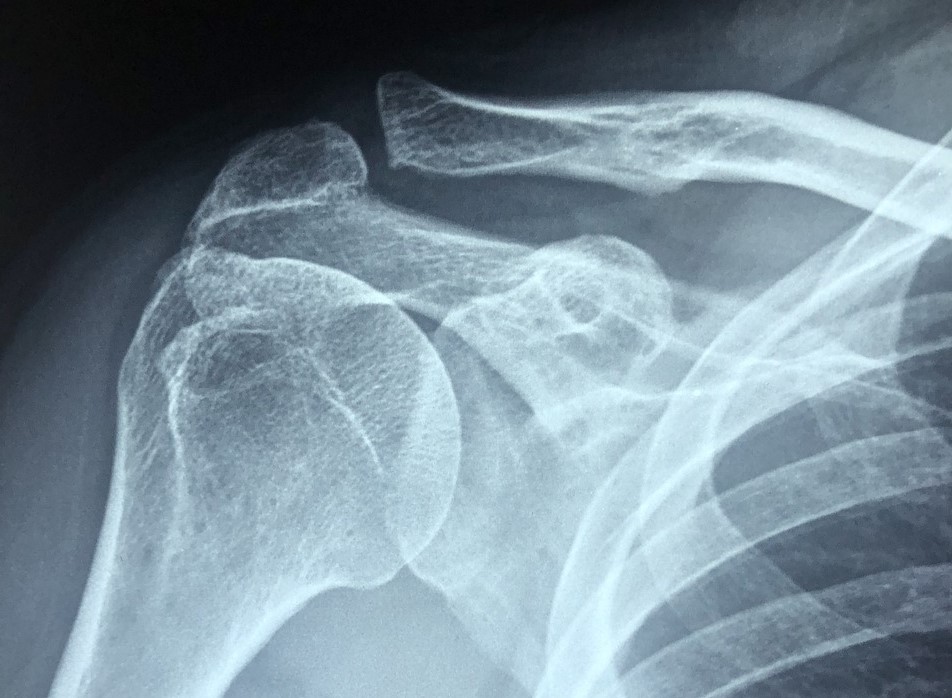
The goal or success of a rotator cuff surgery is to eliminate pain and restore function to the shoulder. Rotator cuff tears account for an estimated 4.6 million physician visits per year in the United States. Orthopedic surgeons repair over 300,000 torn rotator cuffs annually (1) . Arthroscopic double-row Rotator Cuff Repairs (RCR) were developed as an option to single-row RCR due to its unique biomechanical and anatomic characteristics. Despite this, re-tears of RCR are still reported, with main concerns of tendon healing at the tendon-bone interface (2).
A wide literature search and reviews of 9 Randomized Controlled Trials (RCTs)showed a significant decrease (55%) in re-tear rates after RCR using Platelet Rich Therapy (3). Linked double-row repairs were augmented by precise arthroscopic placement of PRT at the tendon-bone repair interface.
Platelet Rich Therapy (PRT) , where one’s own blood is drawn from the arm and concentrated in a centrifuge, has been studied to enhance healing and reduce re-tear rates after RCR. However, some authors have recommended against its routine use as an adjuvant to RCR, also citing cost-effectiveness. Two studies as recent as 2014 found cost varied between $250-1500 USD , and concluded that in order for PRT to be cost-effective, it would need to reduce re-tear rate at least 9%. This meta-analysis of re-tear rates of RCR with PRT to be 55% less likely .
At one year follow-up, all patients had improved pain and function outcome scores, regardless of whether a small/medium or large/massive RCR was done. The only study that did not reduce re-tear of RCR was when the PRT was injected post-operatively (7 and 14 days), and was not placed at the tendon-bone interface.
In conclusion, a simple blood draw from one’s own arm can utilize Platelet Rich Therapy to reduce the re-tear rate after rotator cuff repair. PRT also appears to be cost-effective , and should be utilized as the final step of a linked double-row rotator cuff repair , and placed arthroscopically at the tendon-bone repair interface.
References:
1. Galatz,LM,et al: The demographics and Morphological features of Rotator Cuff diease. J Bone Joint Surg Am. 2006; 88 (8):1699-1704. doi:10:2016/JBJS.e.00835
2. Hurley,ET, et al: Arthroscopic RCR: a systematic review of overlapping meta-anlayses. JBJS Rev. 2019; 7 (4): e 1.doi: 10.2016 /JBJS.RVW.00027
3. Villarreal-Villarreal, GA, et al: Arthroscopy: The Journal of Arthroscopic and Related Research (2021),doi: doi.org/10.1016/j.arthro.2020.12.191
- Get a Grip on Thumb Pain - March 25, 2024
- Spring PRP and Biologics Discount Day - March 18, 2024
- Tennis Elbow, Anyone? How to treat and manage the condition known as Tennis Elbow. - March 13, 2024

